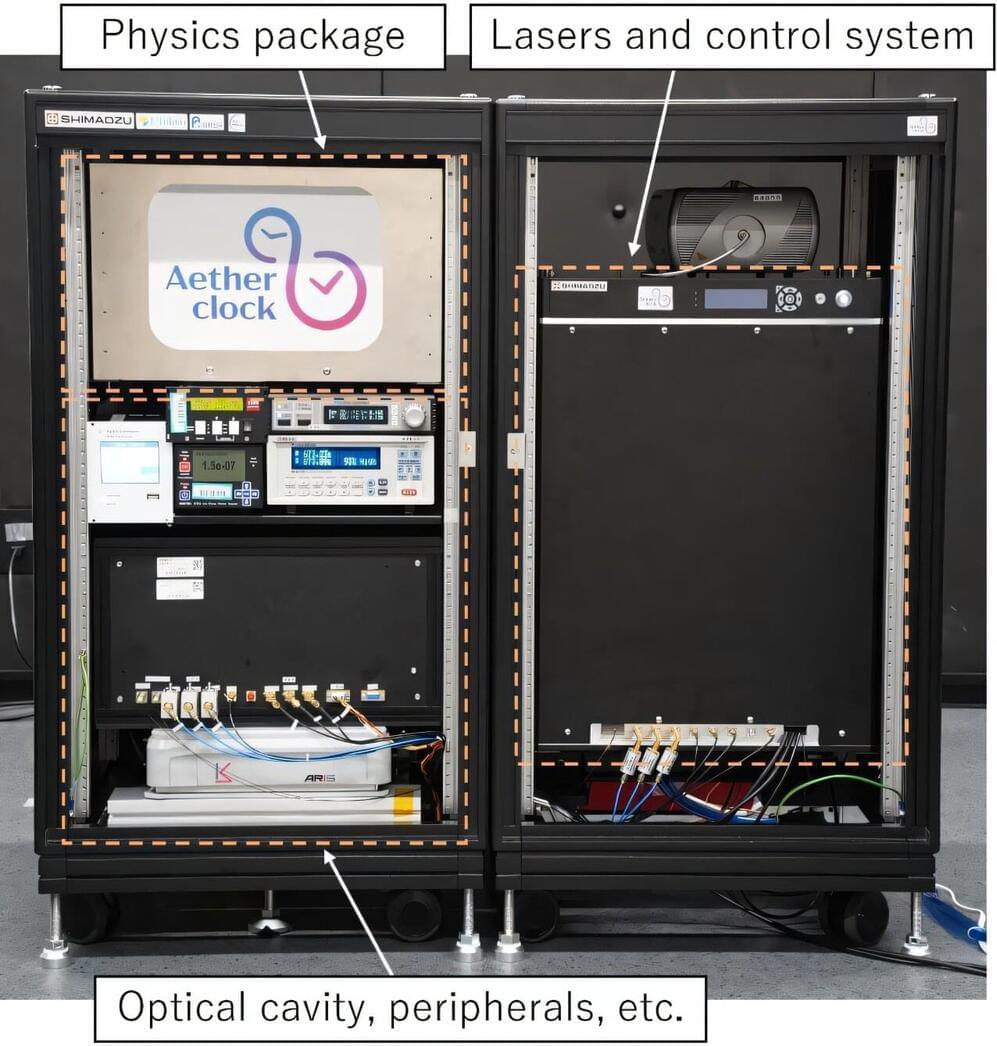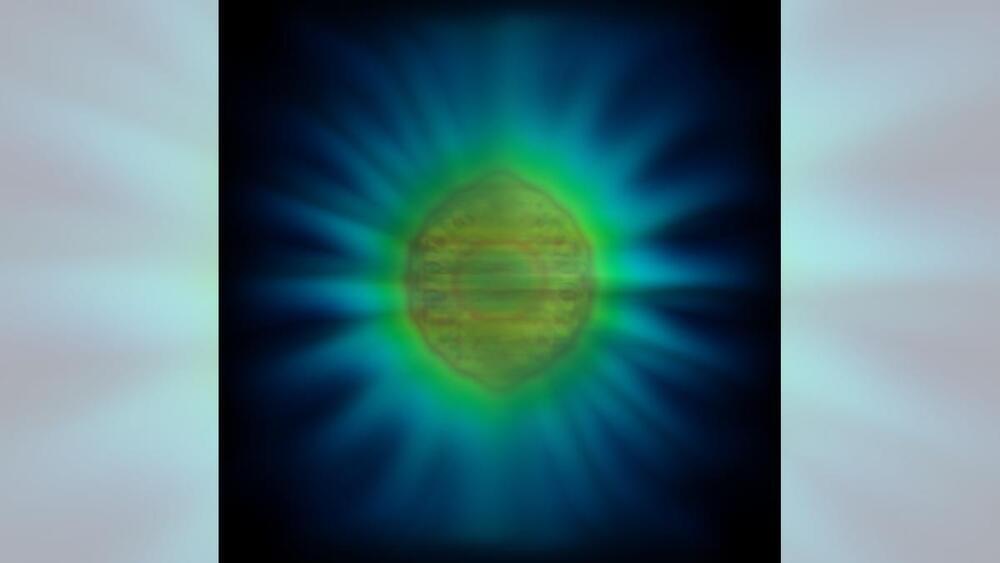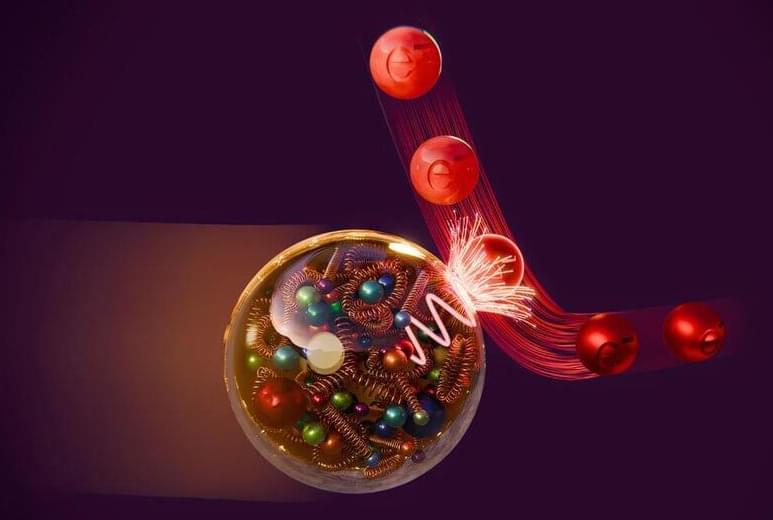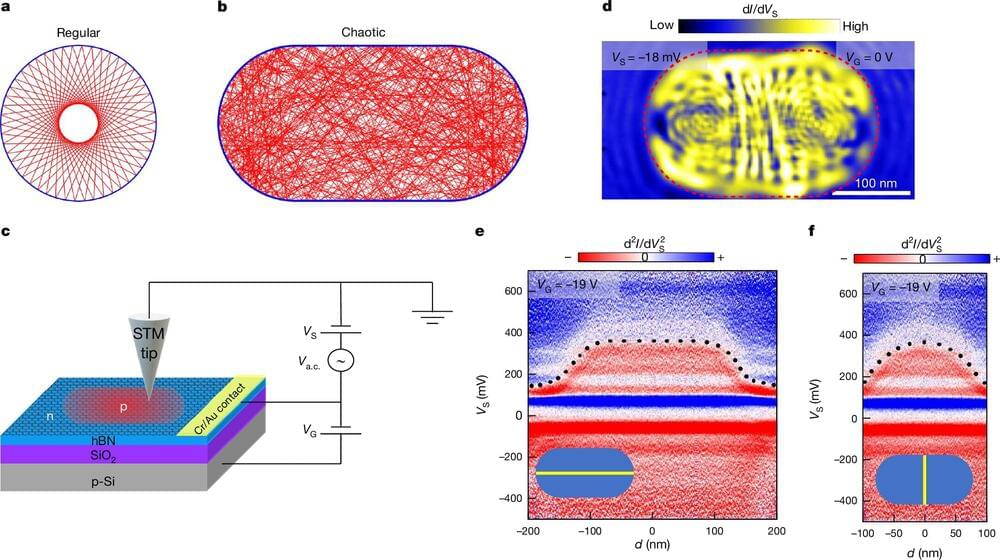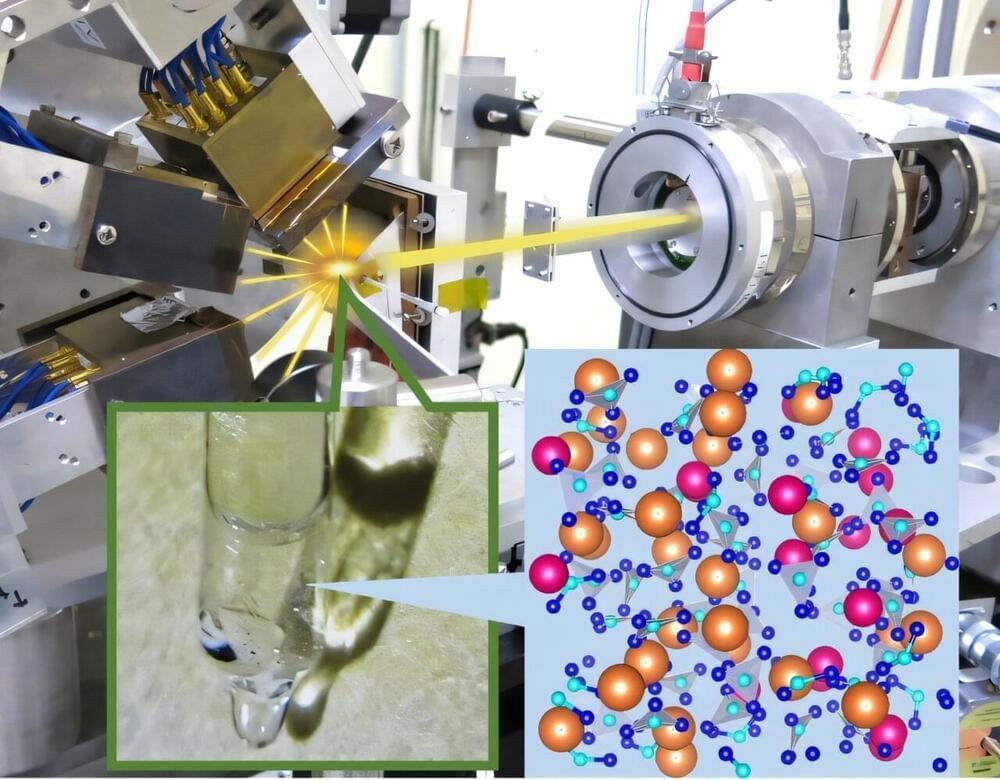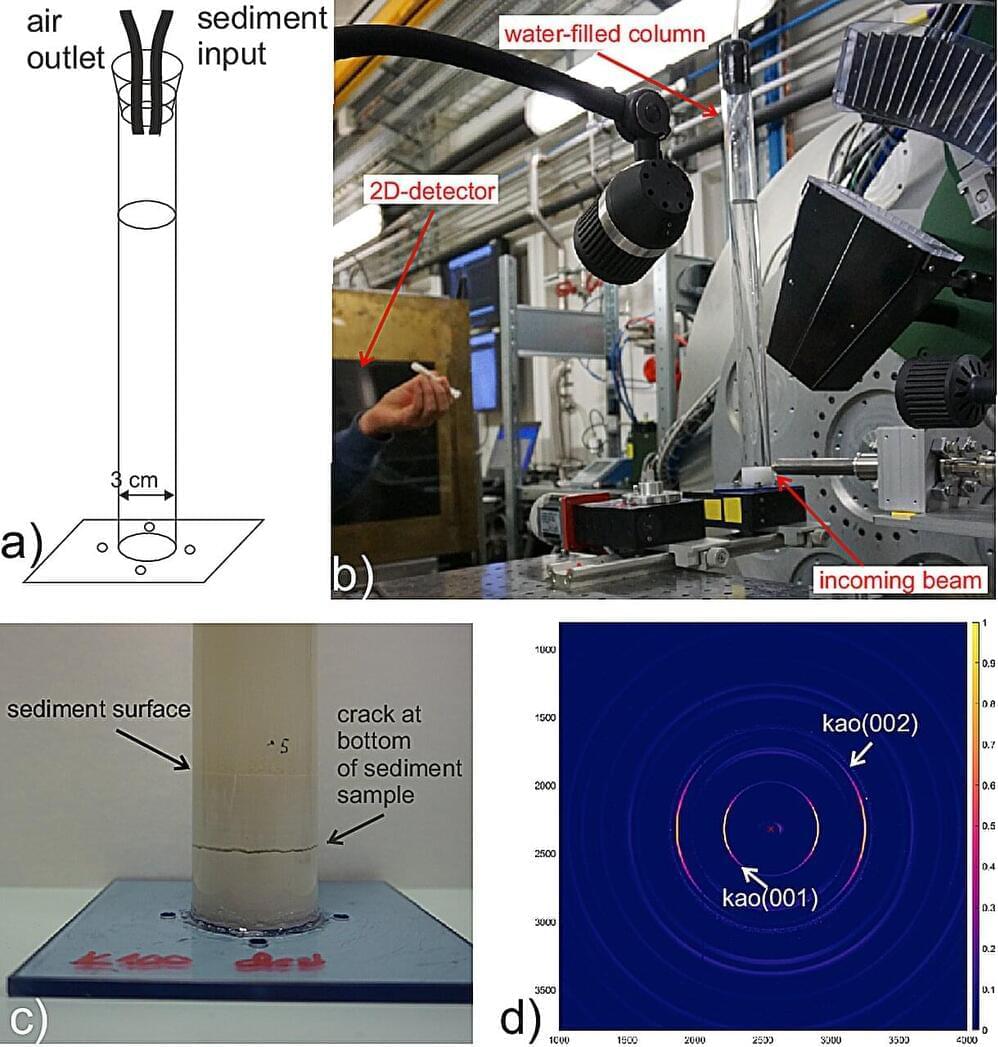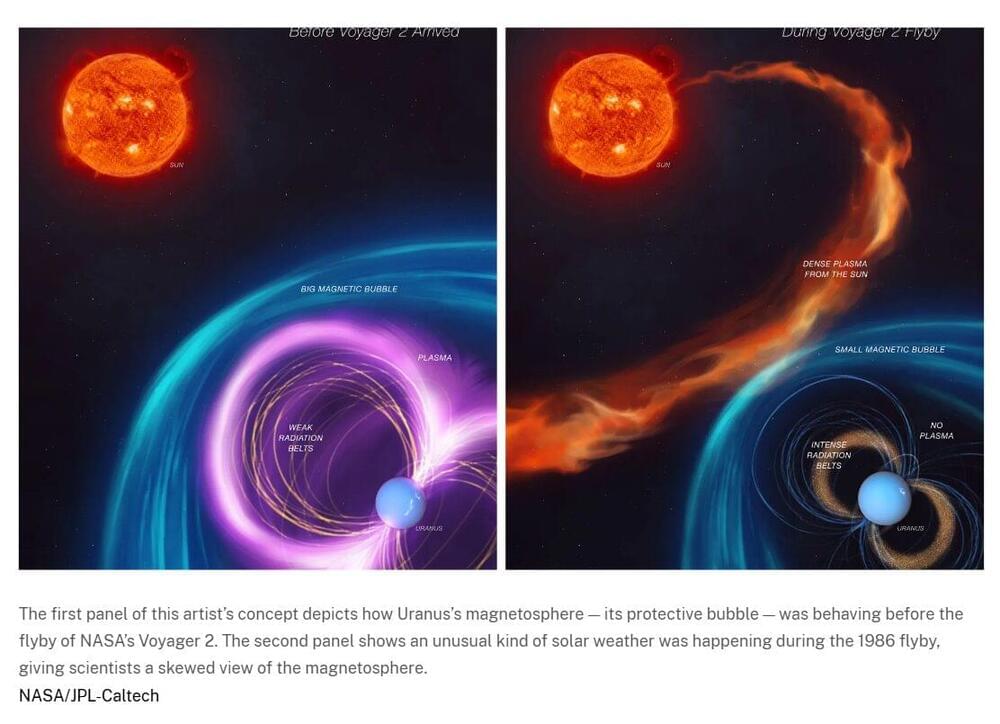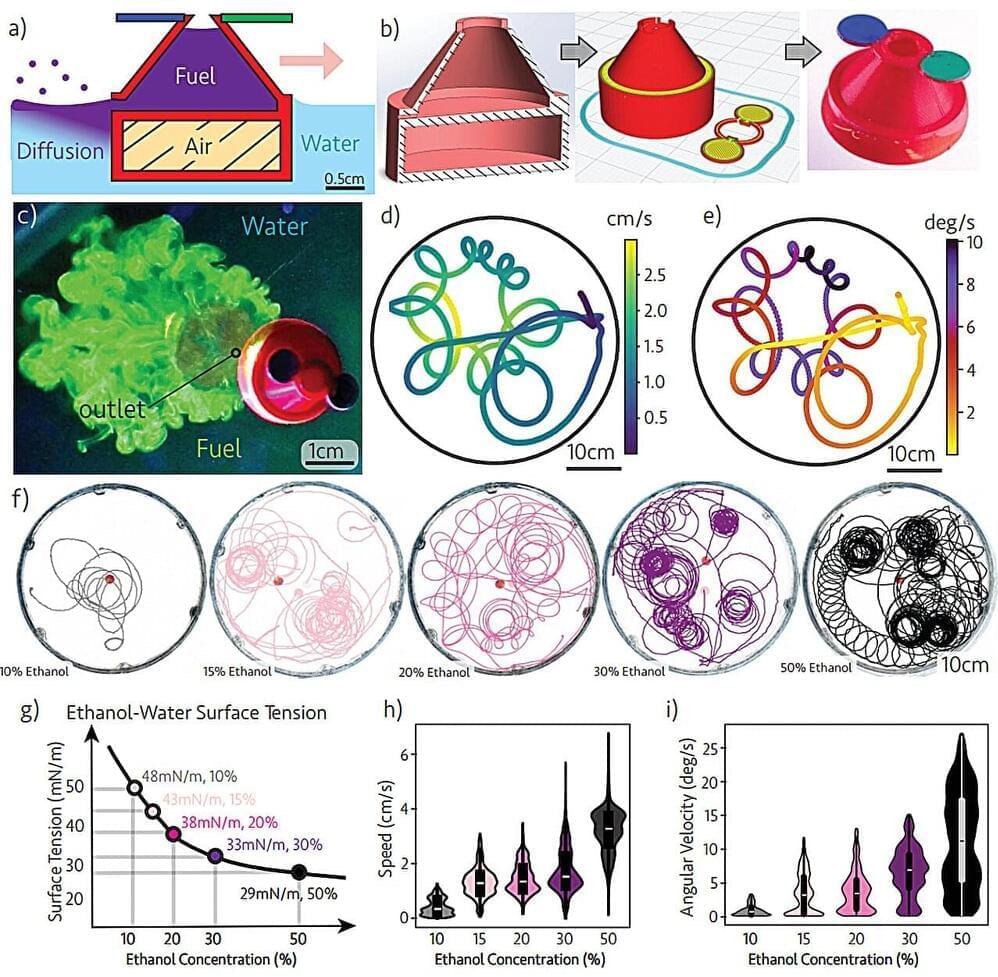An optical lattice clock is a type of atomic clock that can be 100 times more accurate than cesium atomic clocks, the current standard for defining “seconds.” Its precision is equivalent to an error of approximately one second over 10 billion years. Owing to this exceptional accuracy, the optical lattice clock is considered a leading candidate for the next-generation “definition of the second.”
Professor Hidetoshi Katori from the Graduate School of Engineering at The University of Tokyo has achieved a milestone by developing the world’s first compact, robust, ultrahigh-precision optical lattice clock with a device capacity of 250L.
As part of this development, the physics package for spectroscopic measurement of atomic clock transitions, along with the laser and control system used for trapping and spectroscopy of atoms, was miniaturized. This innovation reduced the device volume from the traditional 920 to 250 L, approximately one-quarter of the previous size.
